February forage of the month with Ruby Taylor

Bramble tips are on the menu with spring approaching, as Ruby Taylor of Native Hands shares her February forage of the month.
In early spring when there’s little to forage that’s edible, bramble tips are abundant. These small buds will become new shoots and leaves as the spring progresses.
Since bramble plants are invasive in their growing habit, there’s no need to worry about how many small pale green buds you break off the main stem. Brambles can grow 7″ a day in the summer, and every time a tip touches the ground it sends down new roots that then sprout more stems. And so the plant spreads. Needless to say, most gardeners and land owners dislike them, but it’s a plant with some amazing properties and gifts.
Bramble tips are a personal favourite of mine but, if you’ve not eaten them before, you’ll need to give them a chance. At first they just seem dry, rough and astringent in your mouth. But keep them there, chewing them with your front teeth like a mouse to get to the inner part, and they will yield a lovely creamy, lemony taste.
If you don’t mind fiddly work, you could pick out the crunchy inside of the tips/buds (to avoid the rough outer leaflets). And if you gather enough, you could add them to salads or lightly steam/stir fry them.
You can also make the tips into a tea, which has a delicate flavour. Herbalist Lucinda Warner says it’s cleansing and tonifying to drink.
One of my favourite uses for brambles is weaving and I’ll be using them for my basketry courses later this year.

Find the original post here on the Native Hands blog.
 About the author
About the author
Ruby Taylor of Native Hands has been a maker since she was knee-high, and a teacher for over 20 years. She runs popular courses in Wild Basketry and Wild Pottery using foraged materials in the woods. She has experience of a wide range of basketry techniques and also works as part of a team teaching ancient crafts and technologies.
The views expressed in our blog are those of the author and not necessarily lowimpact.org's




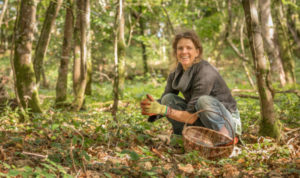 The surprising benefits of harvesting wild foods – more than you’d expect!
The surprising benefits of harvesting wild foods – more than you’d expect!
 November forage of the month with Ruby Taylor
November forage of the month with Ruby Taylor
 December forage of the month with Ruby Taylor
December forage of the month with Ruby Taylor
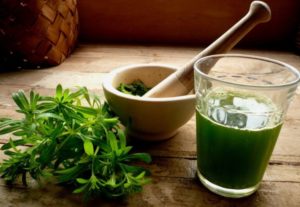 March – April forage of the month with Ruby Taylor
March – April forage of the month with Ruby Taylor
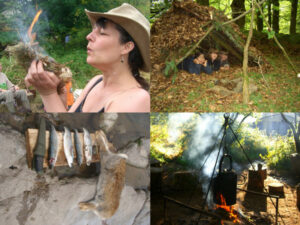 Bushcraft
Bushcraft
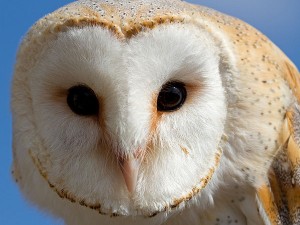 Nature awareness
Nature awareness
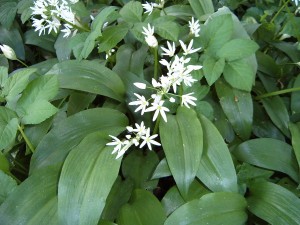 Wild food
Wild food


